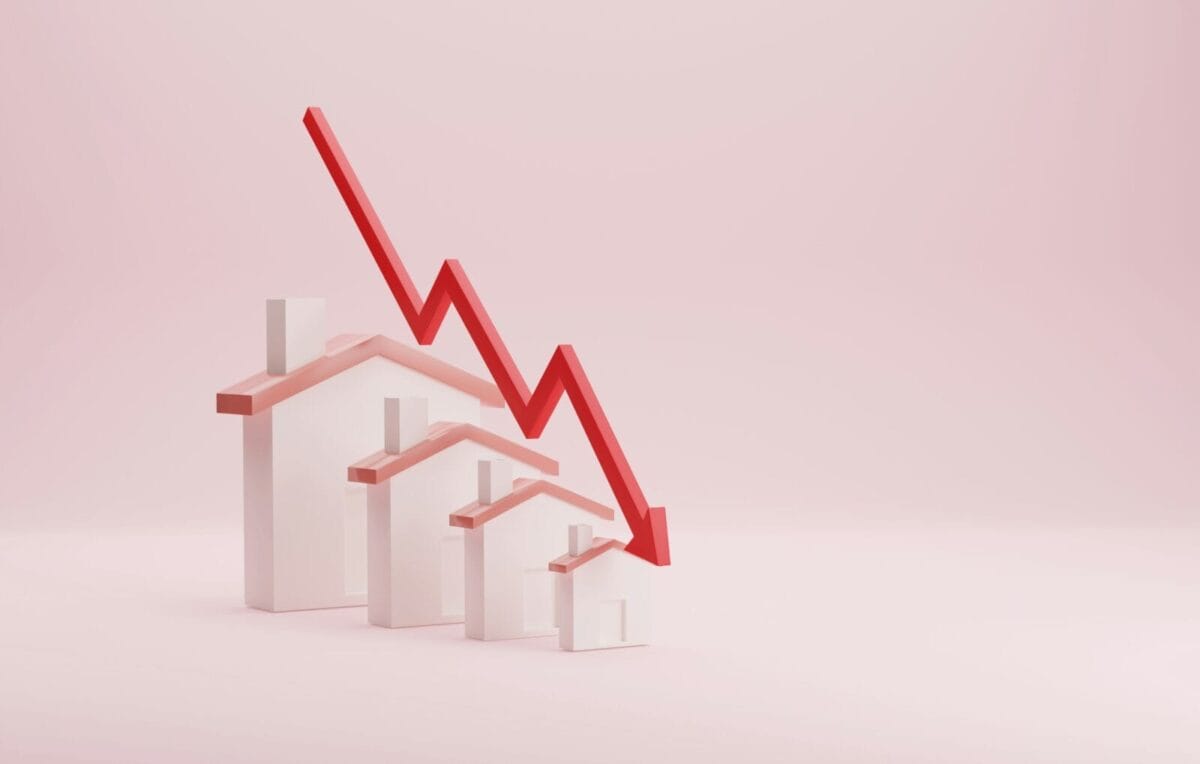Written by Conor McDermott, Director of SME Lending at LHV Bank
It’s been a curious few weeks in the mortgage world. Average two- and five-year fixed rates have crept up for the first time in eight months, according to Moneyfacts. Two-year fixes now sit at 4.98 per cent, while five-year deals have nudged to 5.02 per cent. Not a huge leap, but enough to get people talking again.
In my view, this looks less like the start of a new upward trend and more like a spell of market housekeeping. Inflation has, somewhat unexpectedly, remained steady and is certainly not spiralling out of control. Lenders are adjusting to higher funding costs, trying to balance margins while keeping a close eye on swap rates and any future Bank of England activity. After all, nobody wants to get caught pricing too far ahead of themselves, but equally, no one’s bracing for a major shock.
Finding balance in a “higher for longer” world
For much of this year, fixed rates have drifted gently downwards or held steady. Back in August, IFA Magazine reported that two-year fixes had even dipped below their five-year counterparts, which I think is a small but symbolic slide. Since then, the base rate has stayed put at 4 per cent, and the general feeling is that we’re in this “higher for longer” phase for some time yet.
From a lender’s perspective, that isn’t necessarily a bad thing. Stability, even at elevated levels, is easier to manage than the sudden swings we all lived through in 2023. According to the ONS, the Consumer Prices Index including owner-occupiers’ housing costs (CPIH) rose by 4.1 per cent in the twelve months to September 2025, unchanged from August; the standard CPI rose by 3.8 per cent in the same period. That tells me inflation is still present but not ramping up.
Businesses still moving forward
On the SME side, the tone is similar, with demand far from disappearing and the market adapting accordingly. UK Finance’s latest figures show gross lending by the main high-street banks up 8 per cent year on year in Q2, reaching £4.24 billion. For smaller businesses with turnover under £2 million, the rise was closer to 28 per cent.
That really chimes with what we’re experiencing as a business. A year ago, confidence was fairly tentative and firms were waiting to see where the economy would settle. Now, there’s noticeably more conviction. Trading businesses, in particular, are borrowing with intent rather than necessity, with many refinancing or restructuring.
We’ve also seen more competition creep back in. The high-street banks have re-entered certain areas, which has sharpened pricing, while specialist lenders continue to see selective opportunities emerge in sectors with solid fundamentals such as sustainable property, mixed-use schemes, and quality regional developments.
What’s shaping the next phase
I believe a few things will steer the next stretch. The obvious one is inflation and the Bank of England’s patience with it. Wage growth is still keeping policy-makers cautious, and until that softens, the base rate is unlikely to move much.
Swap-rate movements will continue to nudge fixed pricing. Lenders are constantly monitoring activity, and even small shifts can feed through quickly. Competition also plays a part. With more active players, and as a result, tighter margins, pricing is set that bit sharper, particularly at lower loan-to-values.
Put it all together and you get a market that’s fidgety but stable. Rates may bob up and down, but a major reversal looks unlikely in the short term.
Advisers: helping clients stay grounded
For advisers, this isn’t the time for bold predictions. I think it’s more about helping clients make sensible decisions, such as stress-testing affordability properly, revisiting term lengths, and leaving some flexibility for rate cuts down the line. These are the basics that continue to count.
I’d say the same for businesses. There’s real value in reviewing debt structures in the short term, while there’s still choice in the market. Don’t wait for the perfect moment; it rarely arrives. The firms that are planning ahead, even modestly, are the ones who’ll be ready when rates finally ease.
A calmer tone, and that’s no bad thing
What’s striking about 2025 compared to a year ago is the absence of panic. Lenders aren’t racing to undercut one another and borrowers aren’t rushing to fix before the next jump. It’s measured, even subdued at times, but that’s far healthier than the stop-start volatility we’ve been used to.
The broader tone across commercial and residential finance feels steadier. Deals are still being done, liquidity’s there, and there’s no shortage of appetite from serious borrowers.
For all the talk of “higher for longer”, I’d rather have higher and predictable than lower and chaotic. It allows lenders, advisers and borrowers alike to plan with some conviction. Given how long we’ve been running on uncertainty, a touch of calm feels almost luxurious, so let’s hope it lasts.

Conor McDermott is Director of SME Lending at LHV Bank















